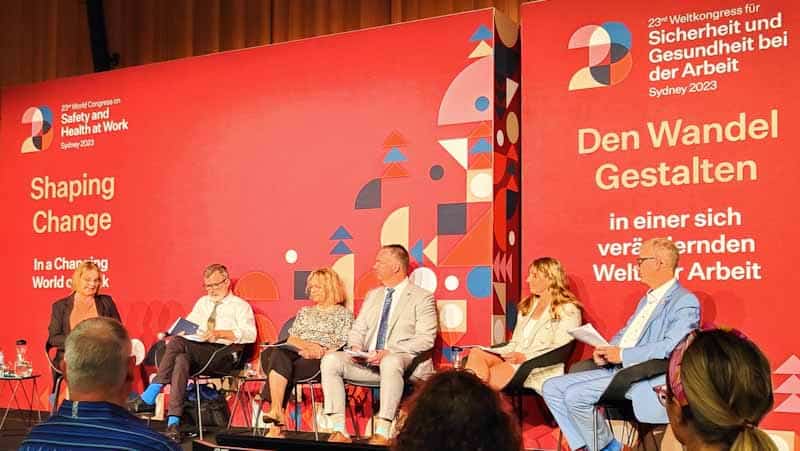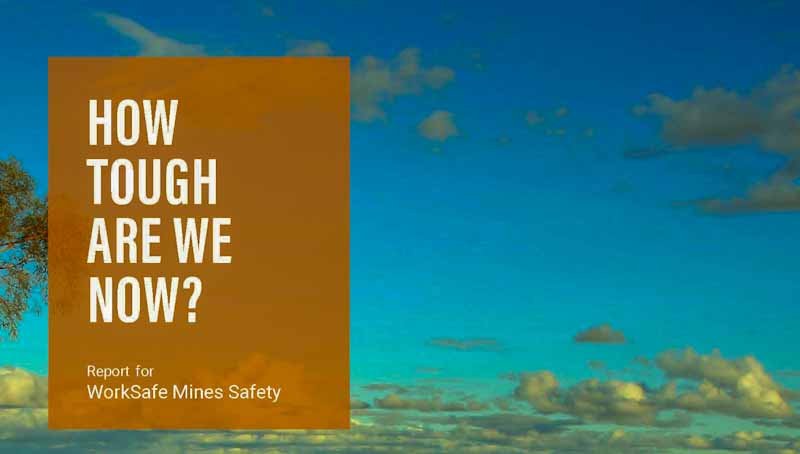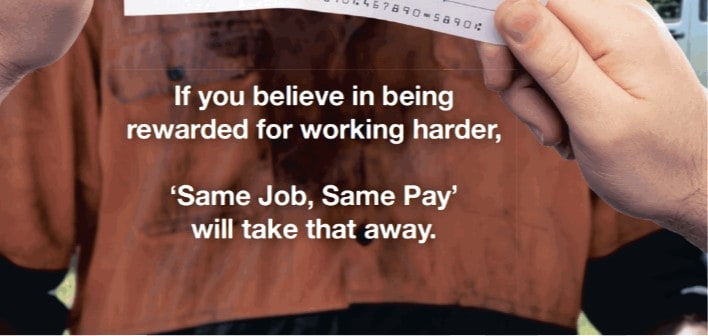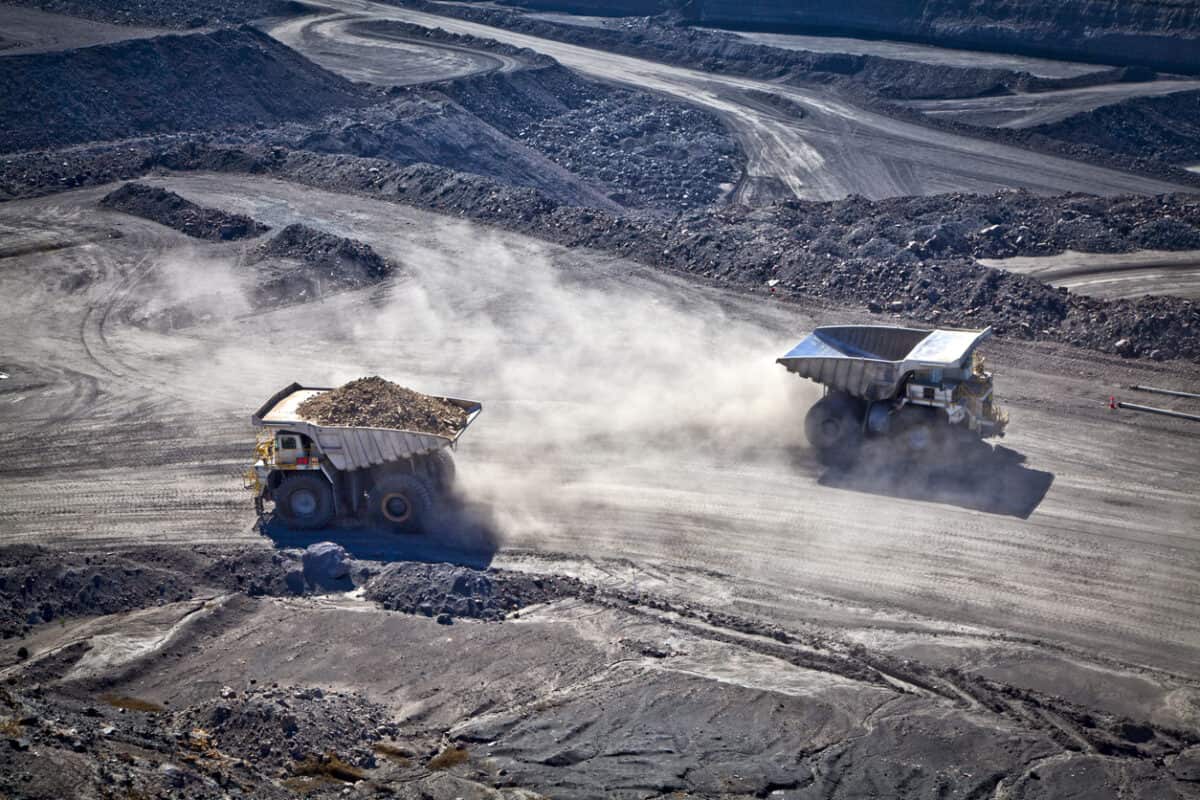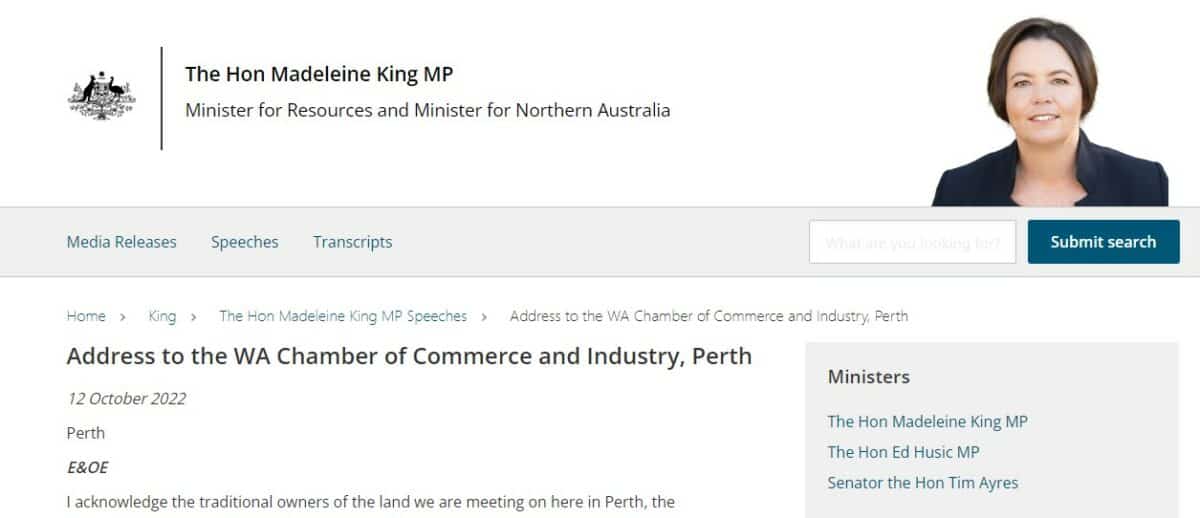Rory O’Neill was a member of a panel at the 23rd World Congress for Safety and Health at Work, ostensibly, about Safety in Design in high-risk industries. It is fair to say he was expansive, engaging and provocative. It was a rare opportunity to hear him speak in person. Below are some examples of his challenging and, in some ways, traditional approach to occupational health and safety (OHS).
Category: mining
“..what it means to act like a man and what it means to work safely..”
Ten years ago, I was enlightened by a presentation on masculinity and occupational health and safety (OHS) by Dean Laplonge at a safety conference in Canberra. He has continued researching that interconnection, and visiting WA and recently released his latest report written for WorkSafe WA after a series of “roadshows”.
After years of scandals in what has been described as the epitome of toxic masculinity, the West Australian mining industry claims to have changed its culture and created a psychologically safer work environment. Culture-As-Usual was not an option after multiple exposures of work-related suicides, sexual assaults, and harassment uncovered by independent and parliamentary inquiries. Laplonge revisited Western Australia and reported on the progress.
When “hard work” often means unsafe work
Currently, many large Australian business groups are lobbying the federal government over its plans to introduce legislation to ensure that workers achieve the same pay rate for doing the same job as others. A feature of the full-page advertisement in the newspapers is that people should be able to receive more money or a higher rate of pay if they “work hard”. This phrase is never explained but may have implications for occupational health and safety (OHS).
Grosvenor Fire Case Study – Hopkins
It is always good to start a piece of writing with an attention-grabbing punch. Professor Andrew Hopkins‘ latest research paper does just that in his analysis of the 2020 Anglo-American Grosvenor coal mine explosion. He wrote:
“Senior management at Anglo believed that safety was never sacrificed to production. Their view was safety and productivity went hand in hand and that safety was “just not negotiable”. And yet the Board of Inquiry into the accident found that Grosvenor was producing coal at a rate that consistently exceeded the capacity of the drainage system to cope with the methane gas being released, with the result that “coal mine workers were repeatedly subject to an unacceptable level of risk”. How could senior managers believe that they were so safety conscious and yet be so blind to the most serious hazard facing underground coal miners?”
Page 2
The good and the odd in Oz Minerals’ “Safety Stop”
Oz Minerals Managing Director Andrew Cole is reported in today’s Australian Financial Review (paywalled) saying:
“.. there had also been an ‘‘unacceptable’’ trend in workplace safety during the past three months at the mines, but he was confident the trend had stabilised.”
This is likely to have come from the company’s September 2022 Quarterly Report and webcast released yesterday.
The company’s one-day “stop” for safety consultation is admirable, but some of the discussion reported in other media implies that an older-style attitude to worker safety persists.
Minister could have spoken stronger on OHS at a business event
Recently Australia’s Minister for Resources, Madeleine King, spoke at an event hosted by the Western Australian Chamber of Commerce and Industry. The speech aimed to reassure the State’s mining sector to not feel threatened by the new Australian Labor Party government. However, her words about sexual harassment were a little odd.
According to the publicly released speech, King said this on the issue of the labour shortage in mining and resources:
Industrial Manslaughter and marketing
Industrial Manslaughter was always going to generate some workplace safety marketing at some point. In this week’s Australian Financial Review (23 September 2022, page 23, paywalled), Inspectivity paid for a full-page advertorial promoting its data collection and analysis products. It mentioned that its products could help to reduce the risk of being prosecuted for Industrial Manslaughter. But what does this say about one’s customers and their attitude to providing safe and healthy workplaces if the avoidance of personal accountability is the ”hook” for the sale?

